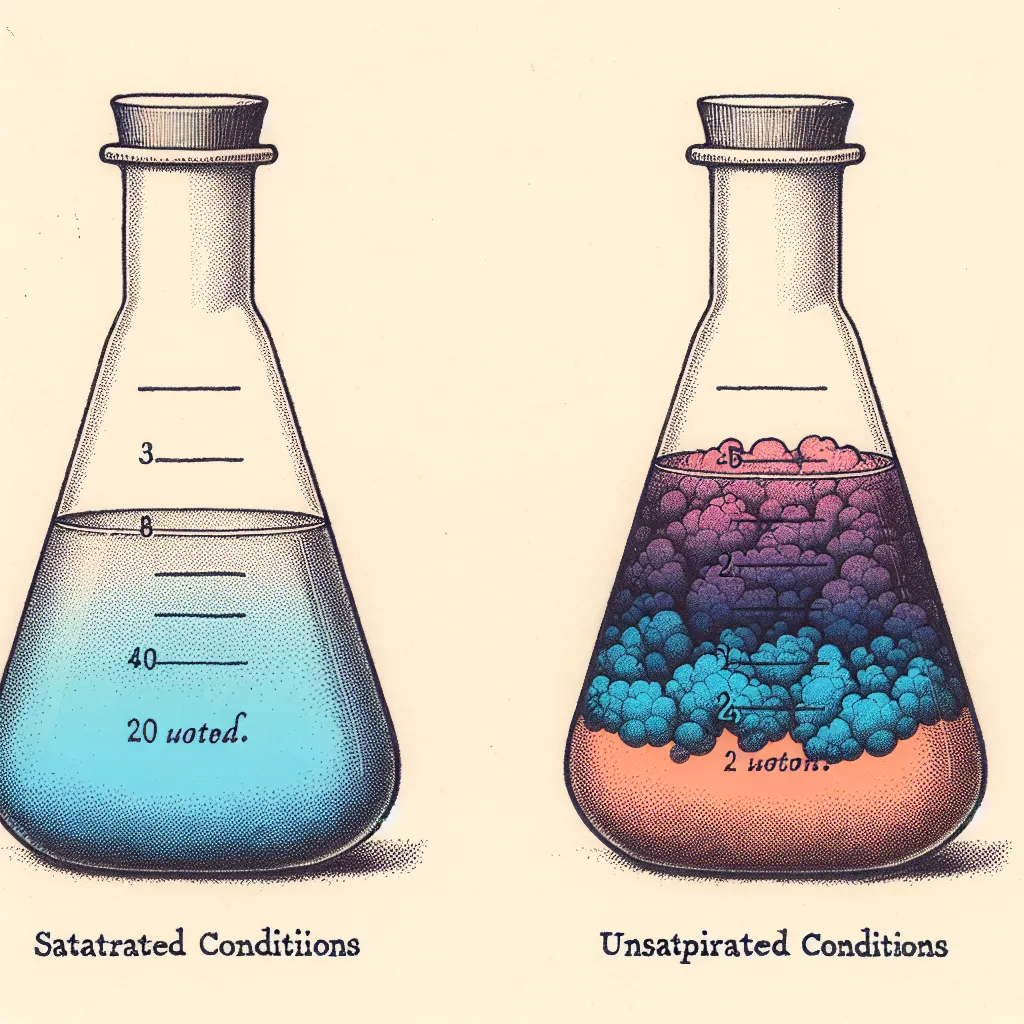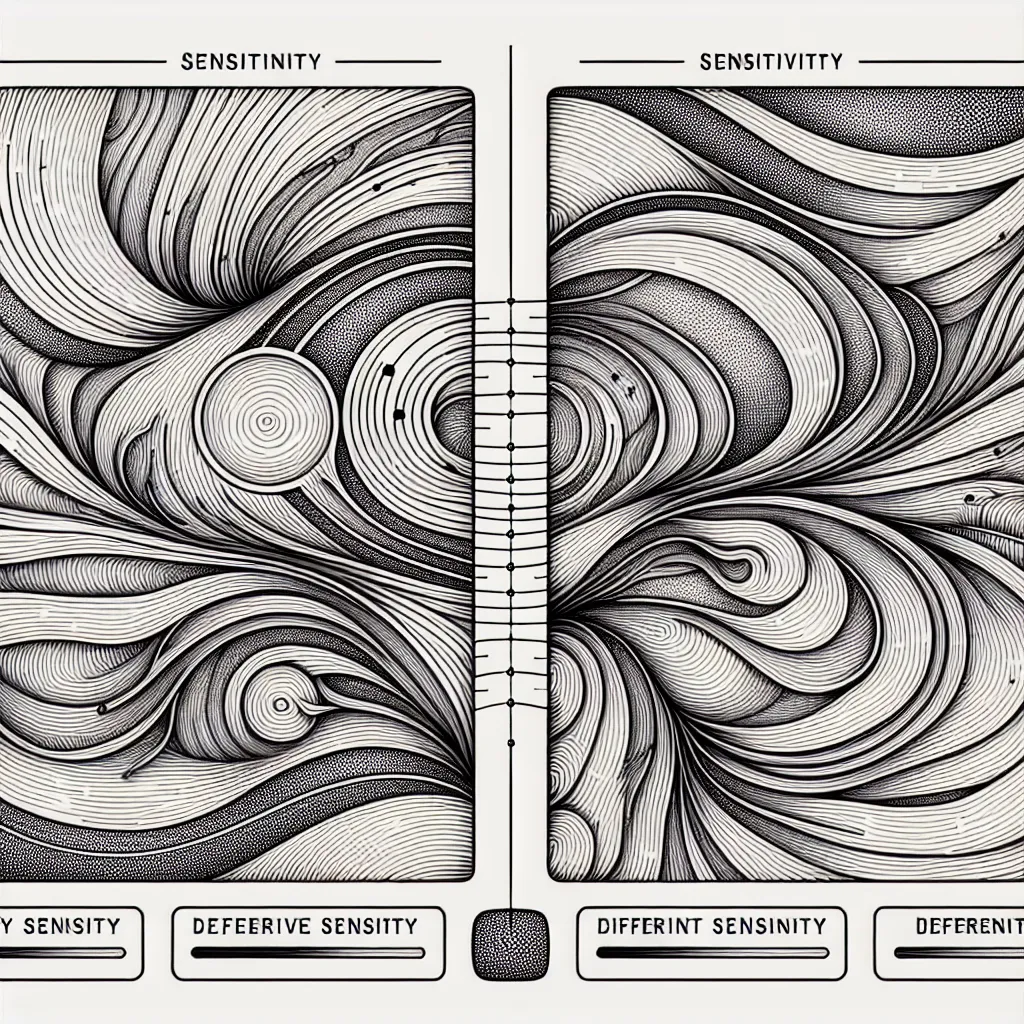Ask AI on The Internet
Question: c. Discuss the sensitivity of the short path length in comparison with that of the longer path length.
When discussing the sensitivity of short path lengths in comparison to longer path lengths, various contexts and fields might be considered, such as optics, network routing, or chemical reactions. Given the general nature of your question, I'll provide a broad overview touching on a few different applicable domains: ### 1. **Optics and Light Transmission:** - **Short Path Lengths:** - **Higher Sensitivity:** In optical systems, shorter path lengths can often be more sensitive to alignment errors, meaning that slight misalignments can have significant impacts on the accuracy and efficiency of light transmission. - **Less Attenuation:** There is typically less absorption and scattering of light over shorter distances, resulting in clearer and stronger signals. - **Higher Precision:** Short path lengths may allow for higher precision in certain measurements, as there is less room for variables to interfere with the measurement. - **Long Path Lengths:** - **Lower Sensitivity:** Longer optical paths might exhibit reduced sensitivity to minor misalignments or small perturbations. - **Increased Attenuation:** Over longer distances, light may experience more scattering, diffraction, and absorption, which can degrade signal quality. - **Accumulation of Errors:** Errors or deviations are more likely to accumulate over long path lengths, potentially impacting measurement accuracy. ### 2. **Network Routing:** - **Short Path Lengths:** - **Higher Sensitivity to Failures:** In network routing, shorter path lengths (fewer hops) might mean that the failure of a single node or connection has a significant impact on the overall path. - **Long Path Lengths:** - **Redundancy:** Typically, having longer path lengths implies more nodes and connections, which might provide more redundancy and alternative paths in case of failures. ### 3. **Chemical Reactions and Diffusion:** - **Short Path Lengths:** - **Higher Sensitivity to Concentration Changes:** In diffusion or reaction contexts, shorter path lengths mean that concentration gradients can form more starkly, leading to higher sensitivity to initial conditions and perturbations. - **Long Path Lengths:** - **Mixing and Equilibration:** Longer path lengths might allow for more thorough mixing and equilibration of concentrations, which can reduce sensitivity to initial variations but also might slow down the overall reaction process. ### 4. **Sensor Technology:** - **Short Path Lengths:** - **Higher Sensitivity in Certain Measurements:** Sensors designed to measure properties over short distances can often detect small changes more accurately, making them suitable for high-precision applications. - **Long Path Lengths:** - **Averaging Effects:** Measurements over longer path lengths may average out minor variations, leading to a lower sensitivity to small changes but potentially providing a more stable overall reading. ### Summary: In general, shorter path lengths tend to offer higher sensitivities to changes, perturbations, and alignment issues, making them well-suited for high-precision applications. However, they may also be more prone to errors due to slight misalignments or variations. Longer path lengths, while potentially more stable and less sensitive to small changes, can suffer from accumulated errors and reduced precision over distance. Understanding the specific application and the context in which path length sensitivity is being considered is crucial for making the appropriate choice between short and long path lengths.
Think your answer is better than the AI's? Post it below.
Other Most Relevant Posts:
 Ask AI: Discuss the separation of organic dyes under two different set of conditions: Saturated and unsaturated
Ask AI: Discuss the separation of organic dyes under two different set of conditions: Saturated and unsaturated
 Ask AI: a) Discuss briefly why there appear to be differences in RF values under saturated and unsaturated conditions of tlc
Ask AI: a) Discuss briefly why there appear to be differences in RF values under saturated and unsaturated conditions of tlc
Question Tags
If you want your question answered by an AI, click here.





Post your own comment: